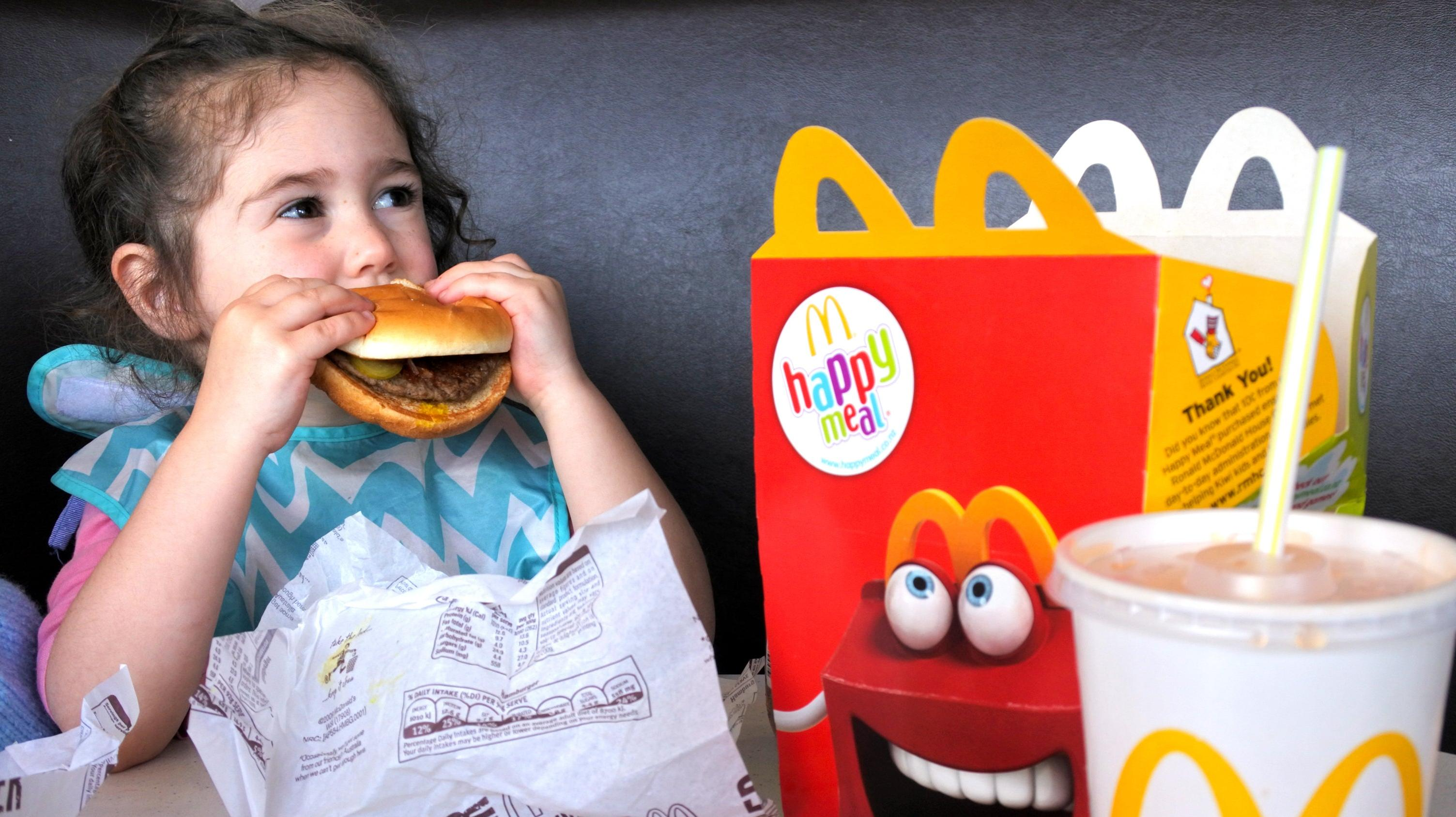The Past, Present, And Future Of The Children's Menu
Where we’ve been and where we’re going with feeding little ones
Like many multicultural households in America, my family's meals consist of a mixture of Vietnamese and American dishes, with some slight variations between Indian and Chinese. Ever since they were babies, my husband and I have taken our kids to both Asian and American restaurants. But lately, I've noticed a big difference between the two: the lack of children's menus at one versus availability at another.
At American restaurants, we'd choose from items that are either fried, crunchy, or cheesy, interspersed with a side of steamed vegetables (broccoli or carrots usually), while at Asian restaurants, there were no such thing. They simply eat what we eat in smaller portions. Never once have they been bothered by this difference, nor have they ever asked for a children's menu.
So why do we have specific menus for children in America?
The (vague) origins of children’s menus
The origin of a children's menu varies depending on where you look. One theory posits that it was created in the 1920s, when many food establishments wanted a new way to recuperate lost profits from the ban of alcohol due to the Prohibition. Another theory suggests that it truly came to the scene in the 1970s, when fast food restaurants such as McDonalds and the now-defunct burger chain Burger Chef introduced a kids' meal version called the Happy Meal and Fun Meal, respectively.
Meals for children during that time included a hamburger or cheeseburger, French fries, soft drink, and dessert. To entice children (and parents) to buy more, restaurants would package these meals into fun little boxes or containers with a novelty toy, including puzzles, games, trading cards, and more.
At many restaurants, executive chefs are responsible for menu planning, including children's items. However, through the decades, there hasn't been any definitive or standardized way that one should curate a meal for little ones. The result is a small selection that is somewhat blander, plainer, or colorless, a continuation of prior decades where children were served things like broiled lamb chops and cream of wheat with cream. Many items remained fried, crunchy, cheesy, and sugary, a "palette of browns and yellows," wrote Michele Humes of Slate.
The long-term effect of children’s menus
Adults and children alike see many ads every day. The University of Connecticut's Rudd Center for Food Policy & Health reports that as of 2017, food, beverage, and restaurant companies spend almost $14 billion per year on advertising in the U.S. Many of these advertisements are for sugary drinks, processed foods, candy, and fast food—generally items that are considered unhealthy.
The money spent has had a tremendous effect on Americans' eating habits. According to the Centers for Disease Control & Prevention's National Health and Nutrition Examination Survey, approximately one third of children and adolescents eat fast food on any given day, 36.3% between 2015-2018. Consuming highly processed foods and sugary drinks leads to a poor diet and potential for chronic diseases, and yet, we've been doing it this whole time.
You can't take your child to a restaurant, sit them down and expect them to eat what you eat anymore. This is because of the availability of children's menus, coupled with the assumption that they would not or should not eat what you eat. We've dug a hole that children have no choice but to enter.
The future of eating small
All of that is about to change. Within the past decade, as more millennials become parents, there's a higher emphasis placed on "wholesome, natural foods." As a result, more chefs at restaurants across the country are making a commitment to changing menu items for children. Chef Joe Sparatta of the restaurant Southbound in Richmond, VA works with local farms to source the best ingredients. There are still cheeseburgers, chicken tenders and fries on their menu, but the focus is on it being house made.
According to the National Restaurant Association, parties with kids 12 and under account for $17.7 billion in annual restaurant spending. To help lead the way toward a healthier future, they've implemented a voluntary program called Kids LiveWell. Restaurants can sign up to make a pledge toward offering better and healthier items on their menus, with the guidance of nutritional experts.
Times have changed, but perhaps the biggest change is to consider why kids need to have separate foods from adults at all. Children, in my opinion, are flexible and curious and it's no clearer than at the table. When we give them small portions of what we eat, it makes for a fair and equitable treatment in the world of family cuisine.
